How to Recover from Google’s Medic Update #3
In the previous 2 parts of the 4 part Medic Update series, we have covered, optimizing for E.A.T. and focusing on your consumer focused internal pages. (Read Part 1, Part 2 or Part 4)
In this 3rd one, we are going to take a look at the affect of User Experience and it’s affect on recovery from Medic. Google is a stickler for UX (user experience) because they obviously want their users to come back again and again to search throughout their day. If they serve up crappy websites that suck on mobile devices or take a long time to load, you may get frustrated with your experience, right?
So what are those additional UX related factors? Here they are in no particular order:
1: Content Length: CanIRank.com recently did a study on 100 websites that were affected by the Medic update. They found that there was a correlation between length of the page content to other related ranking in that niche. What this means is if you can give the answer in a shorter way…..do it. If you’re in a niche that needs to have an answer that’s 5000 words, do that too. I would start by taking a look at the top website’s on Google’s first page after Googling several variations of the keywords you want to target.
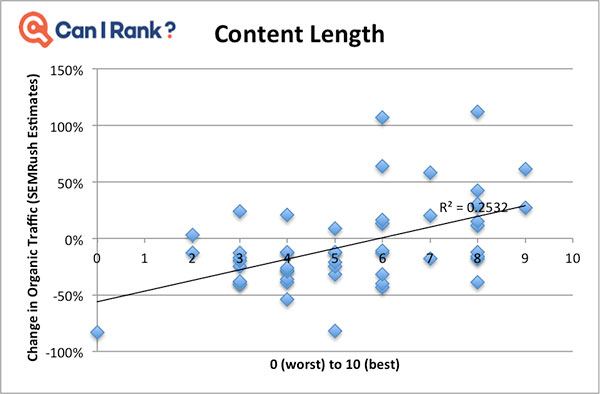
2: Content Quality: This type of variable can kind of be in the eye of the beholder but we’ve all seen great content and know the difference. Pieces that actually have thought behind them and aren’t another one of those “3 Reasons….” posts. According to the same study mentioned above, content quality alone wasn’t the only factor. The websites that actually achieved higher or neutral rankings (post Medic) had better quality content that included numerous stand out variables like images, structured content (tables, bullet points, tons of meta data), professional tone, lots of dofollow outbound links, etc. In the image below from Charles Floate’s website, you can see how the analyzed website FabatHome.org took a nose dive due to after Medic hit. They had a TON of low quality “Best of” pages with no social validation or rhyme or reason to the entire structure of the site.
3: Awesome “About Us” Page: According to Charles Floate there were many websites that had absent or basic About Us pages that were affected. As random as this is, I can see why. Google wants to be able to attribute the content on the site to an actual entity whether it’s a company or individual authors. I suggest that you take a look at some of the best About Us pages out there, point some links back to your internal content, add your NAP info (name, address & phone) and make sure that Google has no trouble crawling it.
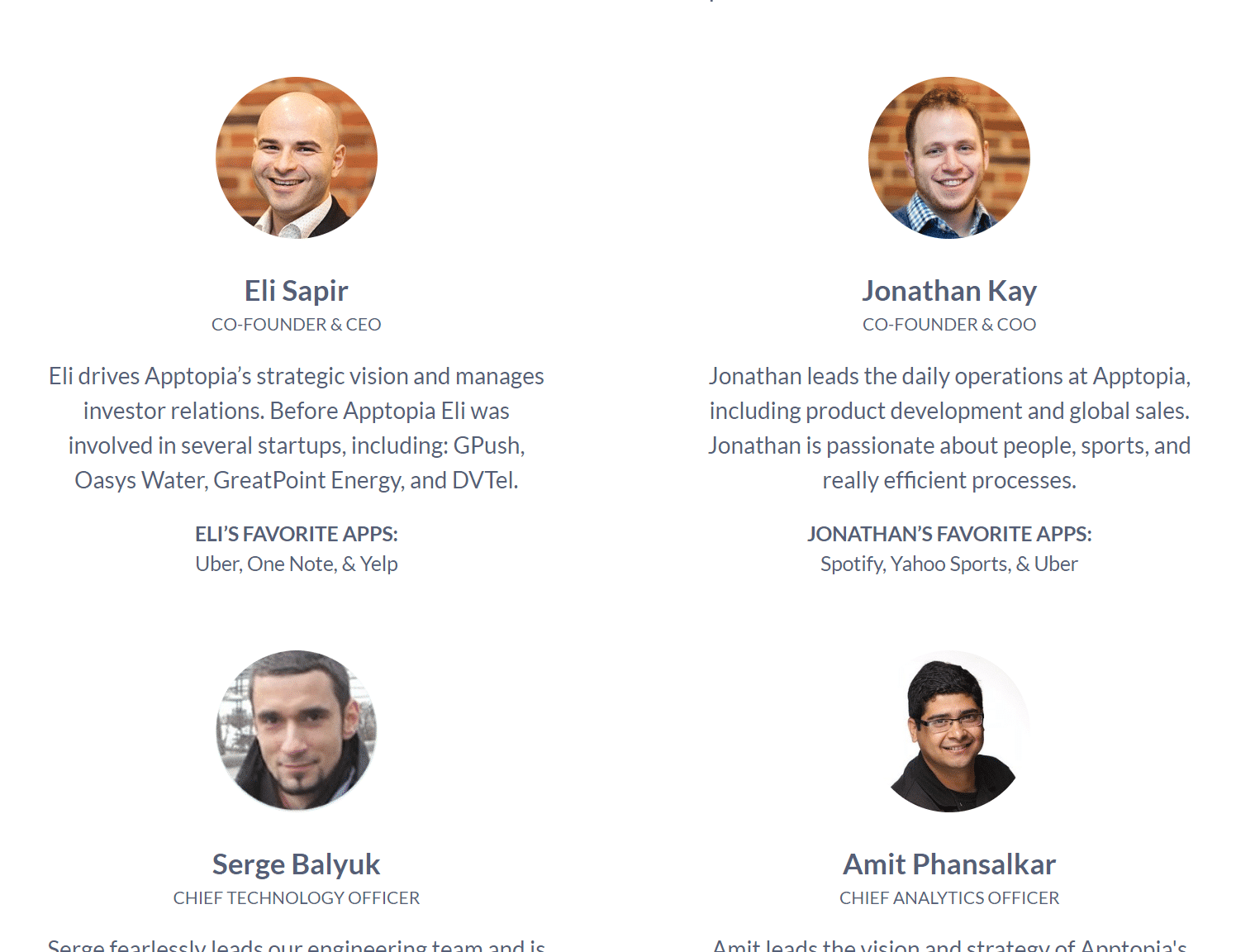
4: Mobile Optimization: It should be no surprise that sites with a bad mobile user experience were affected more than ones with one. What to do? Go over to Google’s two test sites here and here. If you have low marks, get with a developer or an SEO team that knows what they are doing and get it fixed ASAP.
5: Design: Google knows how long people interact on your site. They know where they go and what they like seeing / interacting with. Make sure that you have structured your site to be easily navigable, have plenty of things above the fold for folks on desktops, friendly color scheme & video. As the “big guys” like Amazon, Facebook and YouTube train us to like certain website elements, flows and structures, it’s important for you to take some of that into consideration on your medical website.
Stay tuned for #4 of 4 soon!

Dustin DeTorres is the CEO of DeTorres Group, a B2B Lead Generation & digital marketing agency & Badass Insurance Leads, a life insurance leads provider. To learn more about Dustin DeTorres, click here or visit Badass Insurance Leads here.

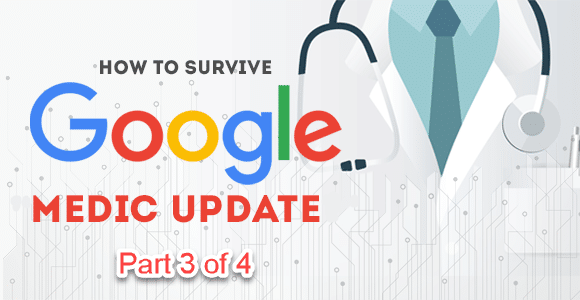
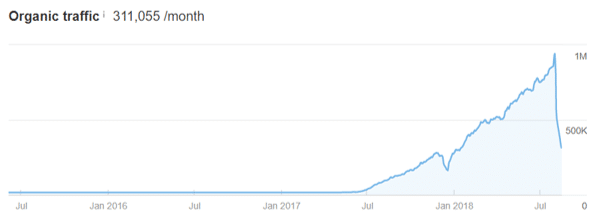

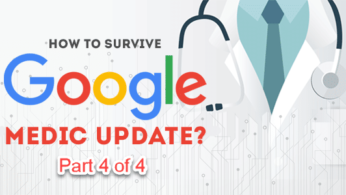
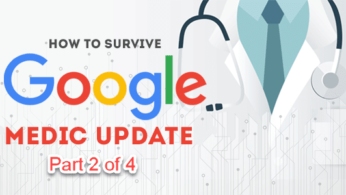

Leave A Comment